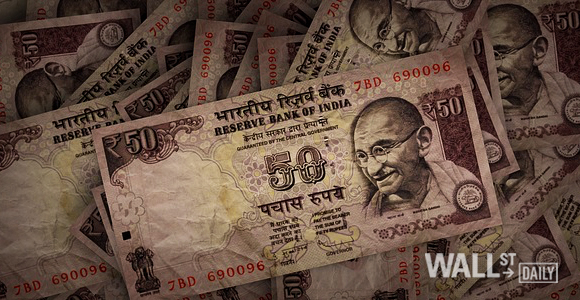
The government of Narendra Modi is bragging about India’s 7%-plus growth rate.
The popular catchphrase “India Shining” – first coined as the election slogan of Atal Bihari Vajpayee in 2004 – is being used widely.
But, in reality, the output figures are fudged. And in terms of reform enthusiasm and ability, Modi is no Vajpayee.
Yet India uniquely benefited from the decline in oil and commodity prices in the past year. Of the five “BRIC” economies (Brazil, Russia, India, China, and now South Africa) it’s having the best run.
With that in mind, let’s take a look at how to play this market.
The State of Affairs
In retrospect, Vajpayee’s administration from 1998 to 2004 looks even better than it did at the time.
During that time, half a century of a “Hindu rate of growth” of only 2% to 3% per annum, which left Indian citizens in poverty, was replaced by a strong reformist commitment. Under Vajpayee and his Finance Minister Jaswant Singh, the government undertook privatizations, as well as tax and pension reforms, which pushed growth rates up to between 7% and 8% by 2004.
But, in an act of stunning political ingratitude and foolishness, the Indian electorate threw out Vajpayee in 2004. Reform stalled, public expenditure bloated, and growth, after a few good years of living off the effects of Vajpayee’s reforms, once again slowed.
Modi pays lip service to the Vajpayee approach. He even went so far as to name Vajpayee’s birthday, December 25, “Good Government Day” in 2014. But, in practice, Modi hasn’t really followed Vajpayee’s lead.
The Goods and Services Tax (VAT), which was supposed to be supported by both parties and stabilize India’s chaotic finances, still hasn’t made it through Congress. The Vajpayee tradition of following Western norms of good governance was notably violated earlier this year when India attempted to enact a retroactive profits tax on foreign investors, even on those with no operations in India.













Leave A Comment